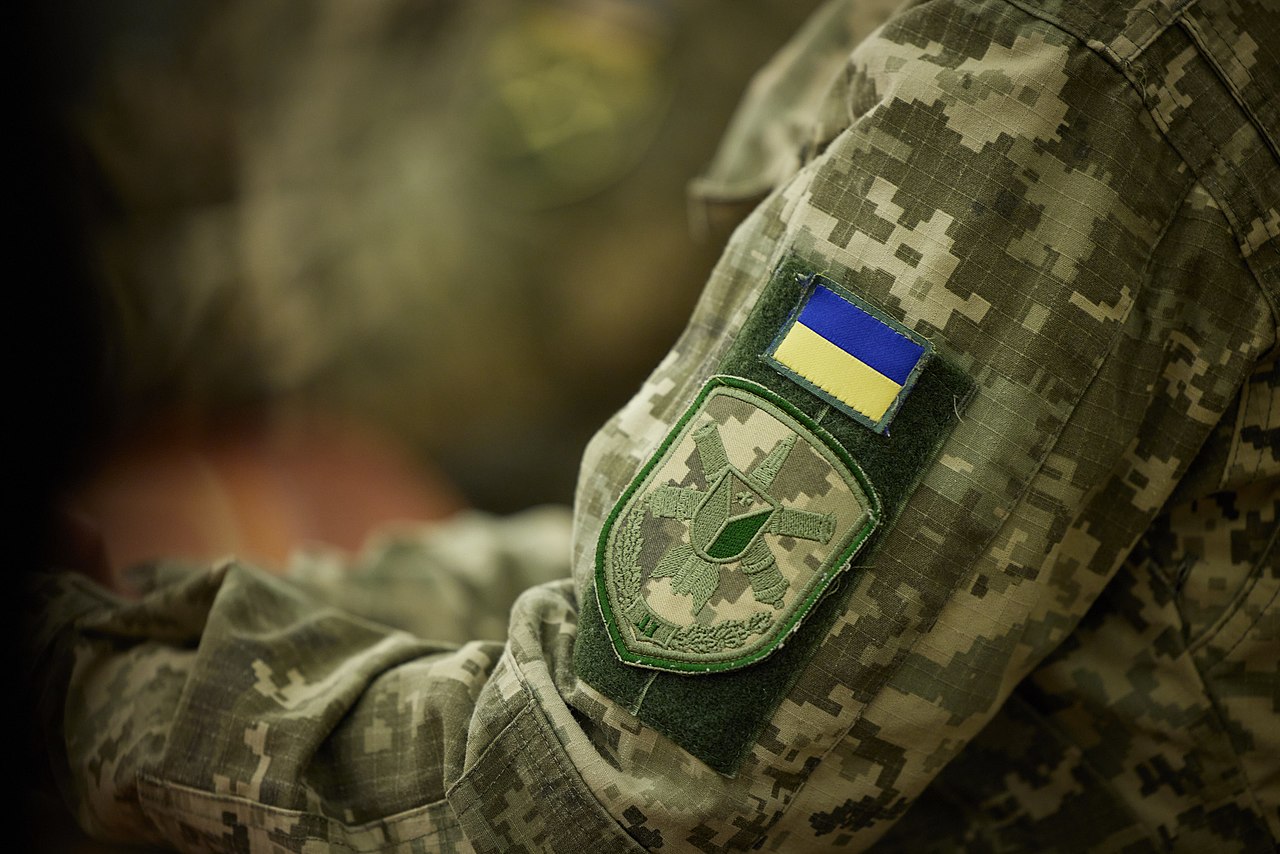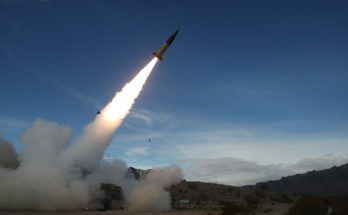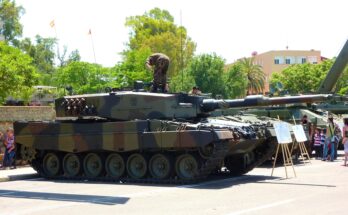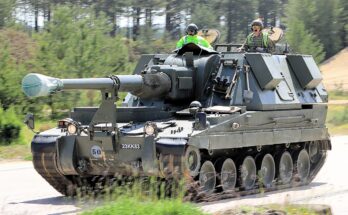A snapshot of recent news from sources around the world on the ongoing Russia-Ukraine war.

Political Developments
The Wall Street Journal published a report this week detailing French President Emmanuel Macron’s recent efforts to boost support for Ukraine, including through advocating for the possible deployment of NATO troops to Ukraine. Sources told the publication he hasn’t advocated for a combat role, instead highlighting how NATO troops can focus on demining and training.
The WSJ report added that Macron has “told allies there would be no need to involve NATO or the U.S. if Russia targeted French troops, according to an official. France has had casualties in military campaigns in Africa, for example, without turning to allies for help.”
In a statement on Wednesday, the Russian Ministry of Defense said that 100,000 contract soldiers have joined the Armed Forces since the start of 2024, adding that 16,000 have signed contracts since the March 22 Crocus City Hall attack.
U.S. Deputy Secretary of State Kurt Campbell said this week that increasing defense expenditure has enabled Russia to “almost completely” rebuild its Armed Forces.
Russian President Vladimir Putin signed a conscription decree calling up 150,000 citizens for mandatory military service as part of its biannual conscription campaign. Barring a change in official policy, these conscripts are not eligible for deployment to Ukraine. However, Ukrainian President Volodymyr Zelensky asserted this week that Kyiv expects Moscow will announce the mobilization of some 300,000 troops in the coming months.
Ukraine, meanwhile, has lowered the age of eligibility for the military draft to 25 from 27.
French Foreign Minister Stéphane Séjourné called on China to put pressure on Moscow’s regarding the war in Ukraine. Chinese president Xi Jinping is currently scheduled to meet with French President Emmanuel Macron in Paris next month.
Military Assistance to Ukraine
NATO is considering how to insulate aid to Ukraine from “winds of political change,” a reference to concern that a second Trump presidency could weigh on efforts to assist Kyiv with military equipment. Allies have proposed moving the U.S.-led Ukraine Defense Contact Group under NATO’s authority.
France said it plans to deliver hundreds of armored vehicles to Ukraine throughout 2024 and into early 2025. The French military is in the process of replacing legacy VAB armored personnel carriers with new equipment. The older vehicles being removed from service and heading to Ukraine.
Paris also plans to supply more Aster-30 air-defense missiles, Minister of Armed Forces Sébastien Lecornu told La Tribune. The missile is used by the SAMP/T surface-to-air missile system.
Greece has joined a Czech-led initiative to provide artillery shells to the Ukrainian military. Around $156 million worth of ammunition will be delivered to Ukraine and reimbursed by Greek’s allies, according to Deputy Defense Minister Ioannis Kefalogiannis. Germany said this week that it expects to deliver 180,000 artillery shells (worth EUR576 million) to Ukraine under the same initiative.
Finland and Ukraine inked a long-term security agreement on Wednesday, which includes EUR188 million in military assistance.
France is preparing to release a new batch of ASTER 30 surface-to-air missiles (SAMs) to Ukraine. These missiles are used by the SAMP/T system already delivered to Kyiv and will help to enhance Ukraine’s air defenses. France will ask MBDA, the manufacturer of the ASTER 30, to provide proposals for the acceleration of this missile’s production.
Battlefield Updates
Since the start of the year, Russia has conducted five strikes on Kyiv using its new 3M22 Tsirkon missile, which has likely been fired from a modified ground-based launcher. Russia will eventually arm both its surface fleet and submarines with the missile.
Moscow launched 99 drones and missiles against targets across Ukraine March 29, including the capital city of Kyiv. Energy infrastructure has been included as targets of Russian strikes, resulting in large-scale blackouts.
Ukraine launched a drone attack in Russia’s Tatarstan region, which is more than 1,300 kilometers (807 miles) from the border with Ukraine. The strike, which injured 12, represents Ukraine’s deepest strike into Russia so far. The strike occurred in the town of Yelabuga, which is reportedly a site of Russian Shahed-style drone production. A separate strike on Nizhnekamsk in the same region hit an oil refinery.
A statement from the United Kingdom’s defense intelligence agency said Russian forces have continued to push forward after taking the Ukrainian city of Avdiivka in February. Since then, the Russians have likely taken control of another two villages – Tonenke and Orlivka – and are contesting others in the area.
Russia conducted strikes on Kharkiv overnight into April 4, killing four and wounding a dozen. The eastern city is expected to be one of Moscow’s targets for an offensive later this year.
Russia continues to attack the energy-generating network in Ukraine. Missiles and drones hit thermal and hydro power plants in central and western Ukraine. Kyiv says it needs more air defense systems to secure critical infrastructure and protect the population.
Ahead of the expected Russian campaign, Ukraine has worked to shore up its defensive fortifications, pouring $509 million into the project already this year, with plans to spend another $142 million on the effort.
In a statement to Defense News, French defense company Nexter touted the survivability of its Caesar 155mm self-propelled howitzer on the battlefield in Ukraine, pointing to its mobility that enables it to fire and relocate quickly. The company estimates that Ukraine has lost less than 10 percent of the Caesars that have been delivered, compared with losses of other artillery systems that are around 30 percent.
“Use of drones and loitering munitions has become a real threat 40 kilometers from the front, where the Caesar operates. Its light weight and ability to leave its position in less than a minute to avoid counter-battery fire are therefore major assets.” – Nexter statement
For 50 years, Forecast International intelligence reports have been the aerospace and defense industry standard for accurate research, analysis, and projections. Our experienced analysts compile, evaluate, and present accurate data for decision makers. FI's market research reports offer concise analysis of individual programs and identify market opportunities. Each report includes a program overview, detailed statistics, recent developments and a competitive analysis, culminating in production forecasts spanning 10 or 15 years. Let our market intelligence reports be a key part of reducing uncertainties and mastering your specific market and its growth potential. Find out more at www.forecastinternational.com



